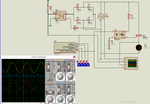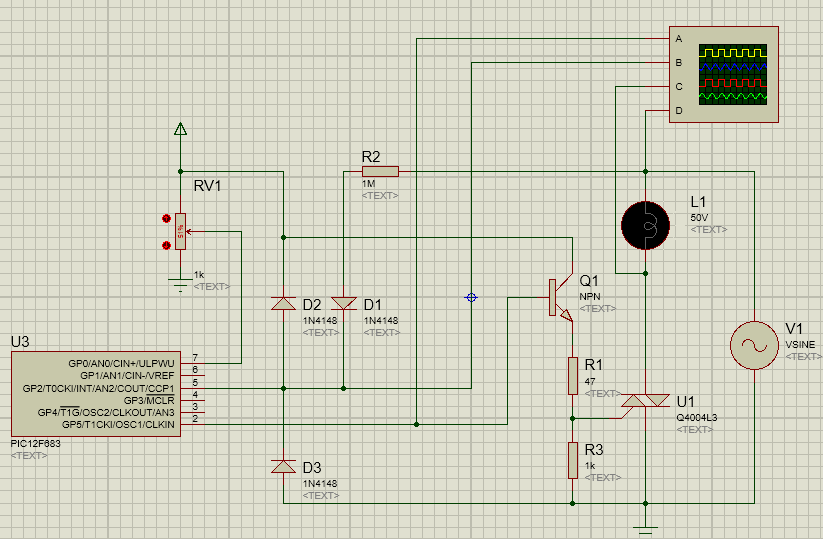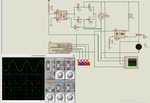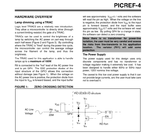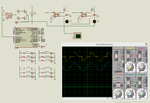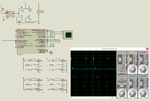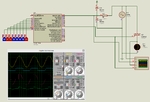
- Joined
- Jan 22, 2008
- Messages
- 53,336
- Helped
- 14,796
- Reputation
- 29,879
- Reaction score
- 14,329
- Trophy points
- 1,393
- Location
- Bochum, Germany
- Activity points
- 302,023
There is a parallel diode, so surely no AC opto-coupler. Simply assume that the circuit is triggering with halfwave zero-crossing signal on both edges.AC type opto ? There is no diode or bridge then how he get ZC pulses.







